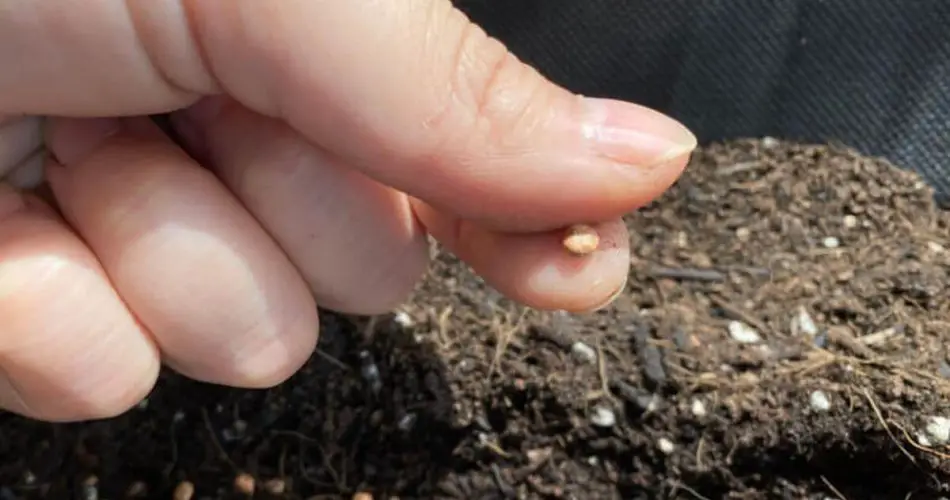Extend your gardening season with these 11 vegetables recommended by Jean Baptiste for planting in late September. Perfect for cooler fall weather, these crops thrive with proper care and can provide fresh harvests through winter or into spring, depending on your region’s climate. From nutrient-packed greens to vibrant roots, this guide covers planting tips and key characteristics to ensure a bountiful yield.
Why Plant in Late September?
Late September is ideal for planting cold-hardy vegetables that thrive in cooler temperatures. These crops can withstand light frosts, offering fresh produce for fall and winter meals or setting the stage for spring and summer harvests. With the right timing and care, you’ll enjoy homegrown flavors long after summer fades.
Vegetables and Planting Guide
1. Kale
• Why Grow It: Nutrient-rich leaves you can harvest continuously through winter.
• Planting: Sow seeds directly or use established plants; thin regularly for optimal growth. Germinates at 5°C or higher.
• Harvest: Pick leaves as needed through winter for salads or sautéed sides.
2. Rocket (Arugula)
• Why Grow It: Peppery greens ready in about 6 weeks.
• Planting: Scatter seeds in potting soil; grows well at 2–5°C. Reseed every few weeks for extended harvests.
• Harvest: Snip young leaves for fresh salads or as a garnish.
3. Garlic
• Why Grow It: Yields bulbs in summer and edible stalks in spring.
• Planting: Plant cloves from garden store bulbs in late September, pointed end up, in well-drained soil.
• Harvest: Collect stalks in spring and bulbs in summer for robust flavor.
4. Peas
• Why Grow It: Cold-hardy varieties offer a quick fall harvest.
• Planting: Sow seeds in full sun with trellis support for climbing varieties.
• Harvest: Pick pods in late fall for sweet, crisp peas.
5. Asparagus
• Why Grow It: Long-term investment with tender, flavorful spears.
• Planting: Sow seeds or plant crowns in late September; requires 2–4 years for regular production.
• Harvest: Collect spears in spring after establishment for a delicate side dish.
6. Cauliflower
• Why Grow It: Produces large, creamy heads for winter meals.
• Planting: Use starter plants or seedlings in late September; ensure well-drained soil.
• Harvest: Cut heads in winter for roasting or creamy soups.
7. Turnip
• Why Grow It: Easy-to-grow roots and edible greens.
• Planting: Sow seeds directly; thin for best growth. Ready in 5–10 weeks.
• Harvest: Pull roots and pick greens for roasting or salads.
8. Beets
• Why Grow It: Nutrient-rich roots and greens, ideal for hardiness zone 9+.
• Planting: Sow 4 weeks before the first frost; ensure loose, fertile soil.
• Harvest: Dig roots and use greens in fall for vibrant dishes.
9. Onions
• Why Grow It: Sets up for early spring harvests.
• Planting: Plant sets or seeds in late September; needs 4+ weeks above 10°C before winter dormancy.
• Harvest: Pull in early spring for fresh or cooked dishes.
10. Radishes
• Why Grow It: Fast-growing, colorful roots add crunch to meals.
• Planting: Sow seeds 4 weeks before frost; thin for best results.
• Harvest: Pick in 3–5 weeks for salads or garnishes.
11. Cabbage
• Why Grow It: Hardy heads perfect for warmer regions.
• Planting: Plant seedlings in late September; provide ample space and cold protection.
• Harvest: Cut heads in late fall or winter for slaws or stir-fries.
Tips for Successful Fall Planting
• Know Your Frost Date: Check your region’s first frost date to time plantings (e.g., beets and radishes need 4 weeks pre-frost).
• Space and Thin: Proper spacing and thinning ensure healthy growth and larger yields.
• Protect from Cold: Use row covers or cloches for frost-sensitive crops like cabbage or cauliflower.
• Soil Prep: Ensure well-drained, fertile soil for optimal germination and growth.
FAQs
Can I Plant These in Any Climate?
Most of these vegetables suit cooler fall climates, but check your hardiness zone. Beets and radishes need 4 weeks before frost, while kale and rocket tolerate colder temperatures. Adjust timing for warmer zones (e.g., zone 9+ for beets, cabbage).
Which Vegetables Yield the Fastest?
Radishes (3–5 weeks), rocket (6 weeks), and turnips (5–10 weeks) are the quickest to harvest. Others like asparagus and garlic require spring or summer for full yields.
How Do These Pair with Meals?
Use kale, rocket, or cabbage in salads to complement Marry Me Chicken or Parmesan Crusted Chicken. Roast beets, turnips, or cauliflower as sides for Chicken Cordon Bleu. Garlic and onions enhance the Creamy Chicken and Carrot Spread, while peas and asparagus pair with the Best Banana Bread Cookies for a brunch spread.
Can I Grow These in Containers?
Yes, rocket, radishes, and kale thrive in pots. Use larger containers for cabbage, cauliflower, or beets, and ensure good drainage.
Conclusion
Planting these 11 vegetables in late September sets you up for a rewarding late harvest, from crisp greens to hearty roots. With proper timing and care, you’ll enjoy fresh, homegrown produce through winter or into spring. Pair these with your favorite dishes, like Marry Me Chicken or Chocolate Layered Pie, for a farm-to-table feast. Get planting and savor the fruits (and veggies) of your labor!

